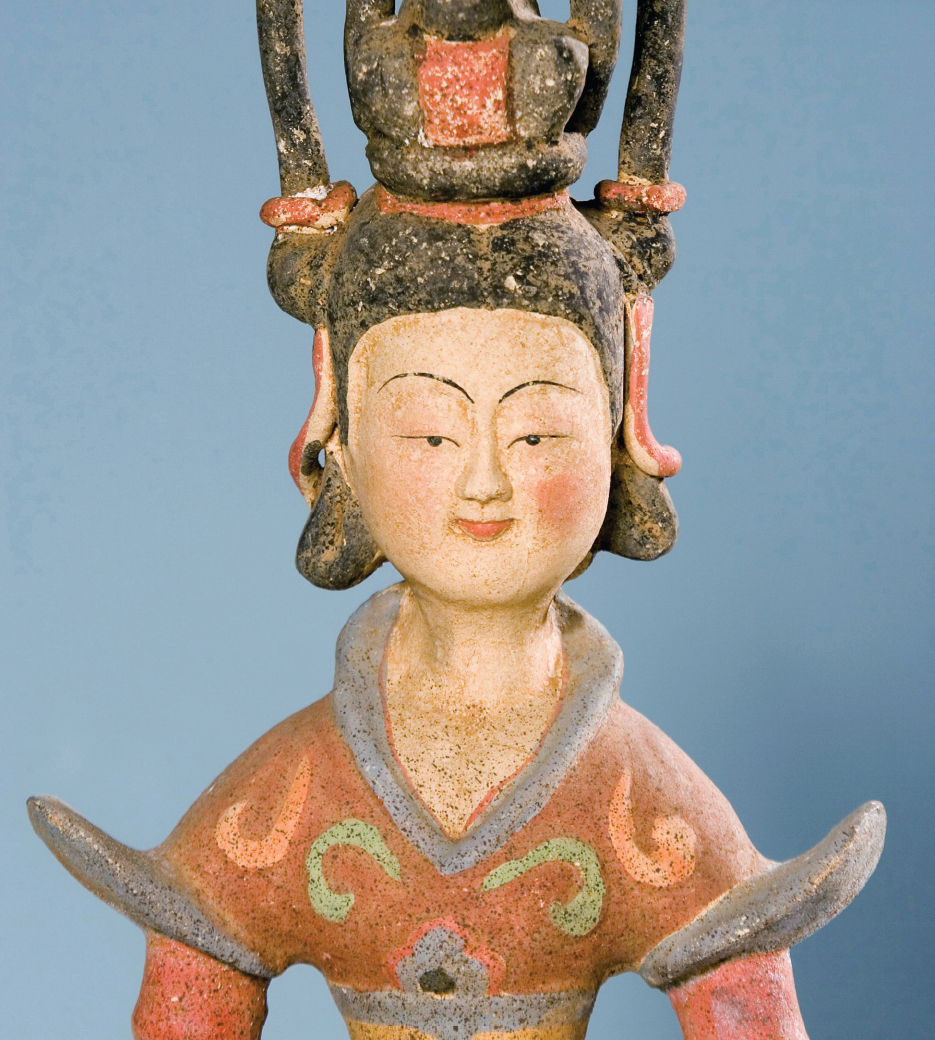A History of World Societies:
Printed Page 177
A History of World Societies Value
Edition: Printed Page 174
Introduction for Chapter 7
7
East Asia and the Spread of Buddhism
221 B.C.E. –800 C.E.

East Asia was transformed over the millennium from 221 B.C.E. to 800 C.E. At the beginning of this era, China had just been unified into a single state upon the Qin defeat of all the rival states of the Warring States Period, but it still faced major military challenges with the confederation of the nomadic Xiongnu to its north. At the time China was the only place in East Asia with writing, large cities, and complex state organizations. Over the next several centuries, East Asia changed dramatically as new states emerged. To protect an emerging trade in silk and other valuables, Han China sent armies far into Central Asia. War, trade, diplomacy, missionary activity, and the pursuit of learning led the Chinese to travel to distant lands and people from distant lands to go to China. Among the results were the spread of Buddhism from India and Central Asia to China and the adaptation of many elements of Chinese culture by near neighbors, especially Korea and Japan. Buddhism came to provide a common set of ideas and visual images to all the cultures of East Asia, much the way Christianity linked societies in Europe.
Increased communication stimulated state formation among China’s neighbors: Tibet, Korea, Manchuria, Vietnam, and Japan. Written Chinese was increasingly used as an international language by the ruling elites of these countries, and the new states usually adopted political models from China as well. By 800 C.E. each of these regions was well on its way to developing a distinct political and cultural identity.